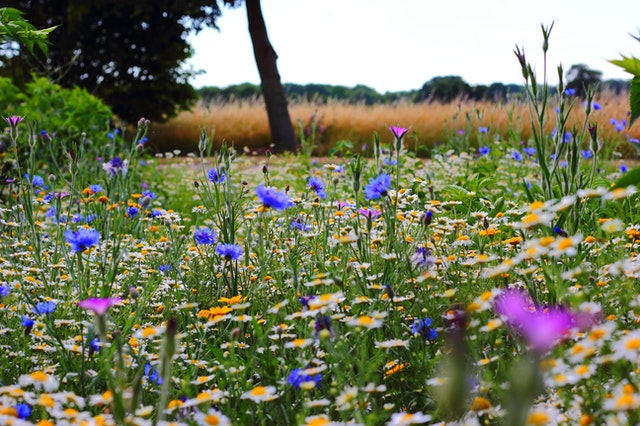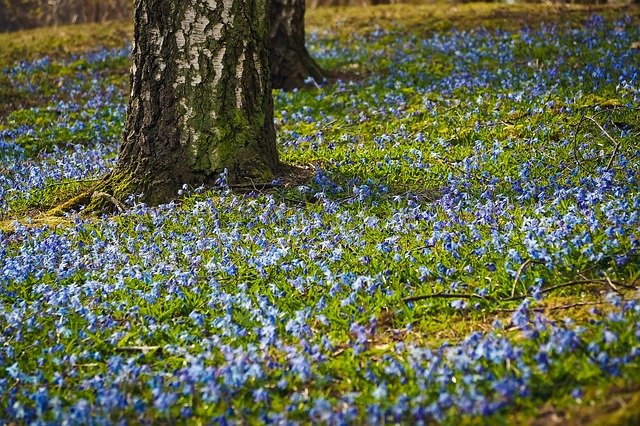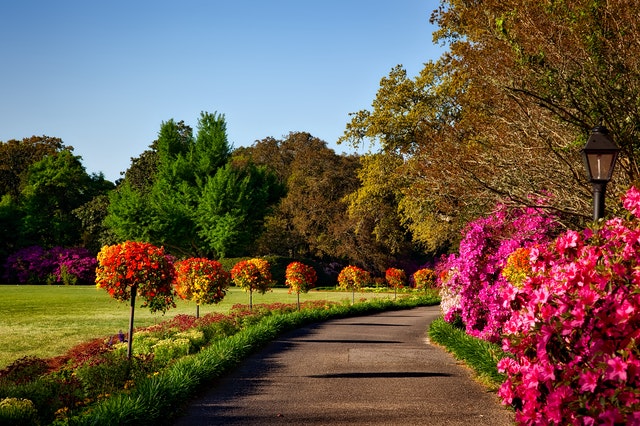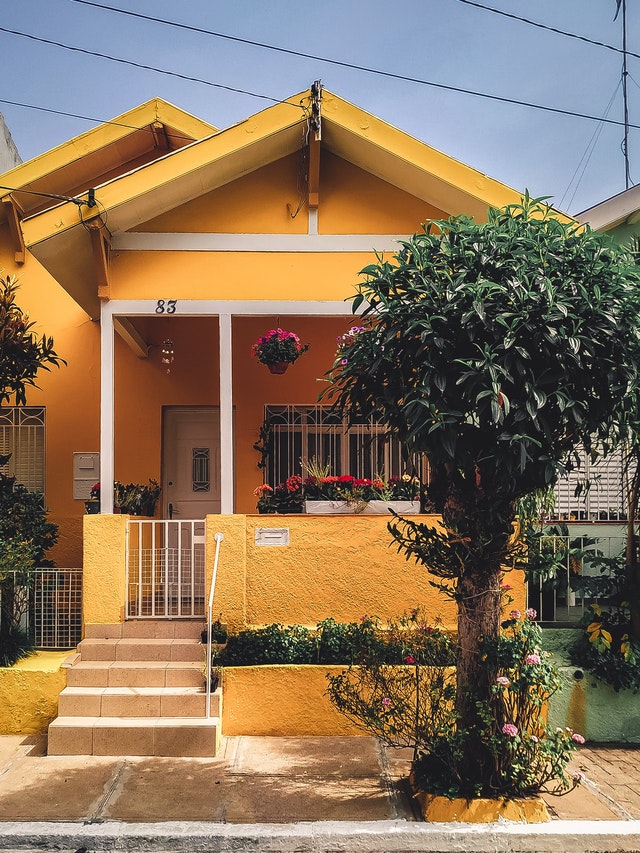Other foliage types include the hazy background provided by feathery leaves like that of the culinary fennels and Thalictrum lucidum, with cream flowers in summer, growing up to 1.2 m (4ft) high. The foliage of ferns or astilbes may be used to fringe latter shrubs with an attractive green lacy underskirt.
Colour
The formal garden is not the place for an uncontrolled ‘riot of colour’, nor for the multi-hued flamboyance of summer. It is basically green, with colour being used for a sympathetic background, harmonizing or contrasting with hard materials, or for powerful effects, to draw the eye. Colour can also be introduced to give scheme sophistication, for example restricting it to monochrome or pastel shades, or to energize the garden, using flamboyant, saturated primaries. The white and green garden is chic and appropriately formal in its restraint. Silver foliage belongs here too, with white flowers like the gracefully rhythmical flower spikes of tall Veronicastrum Virginicum album or white Madonna lilies (Lilium candidum). Luminous greys, like those of artemisias, are important too; they suit graveled schemes wee, creating a Mediterranean look. This colouring is ideal with white-rendered concrete walls, slate floors or in association with steel or lime-washed timber.
Moody blues, such as that of the elegant Campanula persicifolia (1m/3 ft tall), the shaded indigo of Aconitum ‘Spark’s Variety’ (1.5m/5 ft) or the inky blue Salvia x Sylvestris, Mainacht’ (45cm/ 18 in), have a cool effect which looks good with metals or slate; all are summer-flowering. With them plant steely eryngiums in galvanized containers. All of these would be superb if backed by yellow-or red-ochre rendered walls or in a more daring association with ultramarine-blue walls; they also look effective with flooring of terracotta tiles.
Plum-purples and brilliant magentas add richness and are dramatic against cream walls or blue-green slate paving. These colours are found in the midsummer-flowering Iris ‘Black Swan’(80 cm?2 ft 8 in tall0, Delphinium Black Knight Group(1m/ 3 ft 3 in), Geranium Psilsotemon ( 75 cm/ 2 ft 6 in) and the tender, deep maroon Cosmos atrosanguineus ( 60 cm/2 ft), flowering in late summer. If contrast is required, black floor tiling, blue-pink granite sets or dark timber would intensify the effect.
Hot, earthy colours are powerful, like those of late-summer Helenium ‘Coppelia’ (1.2m/ 4 ft) and the midsummer-flowering Hemerocallis ‘Morocco Red’ and Achillea millefolium ‘Paprika’ (both 60 cm/2 ft). Plant these with bronze-leaved heucheras, to blend with brick and terracotta flooring or earth-coloured rendering. Dahlias will enrich any of these schemes towards the end of the season.
Texture
Texture has become a significant modern theme. Where the design is formal and the surfaces clearly geometric, it is the style of planting which will soften such severity. So hazy plants with tiny flowers, like gypsophila, or the wisp-fine foliage of fennel (Foeniculum Vulgare), are in demand for their visual texture, performing as gently as a layer of filmy organza. Light is the key: as the sun move around, the plants change character. Lit from the front, they are more noticeable but lit from behind the silhouette becomes a transparent decent through which other plants do features may be viewed. Texture can be tactile, too, like the furry leaves of Stachys byzantia. Irresitibly strokable plants like these soften the perception of the most clinical of layouts.





